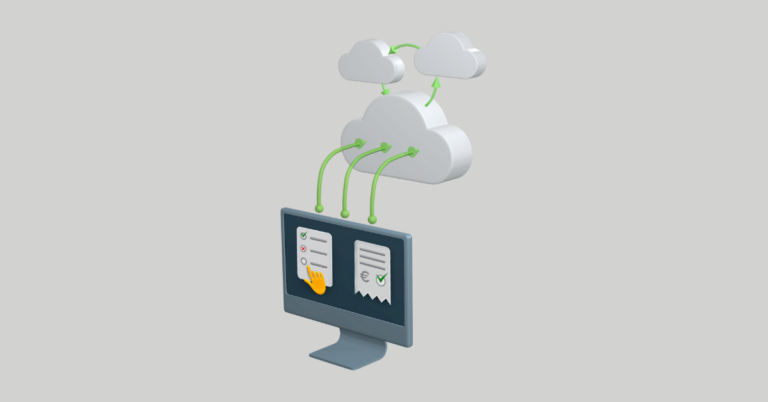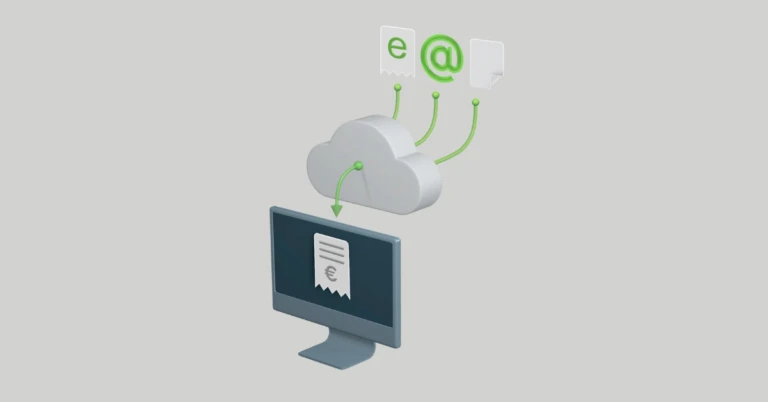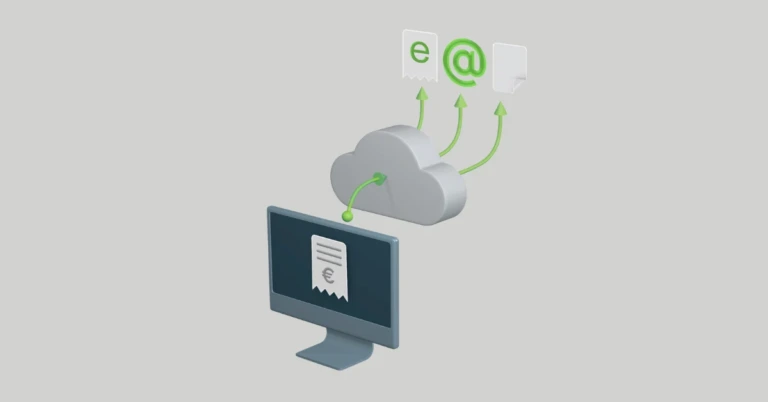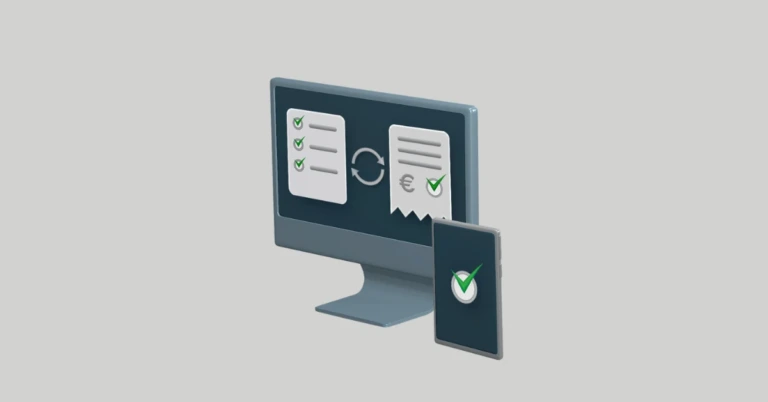
4 reasons why you should start e-invoicing now
Industry 4.0 has been transforming, connecting, and networking machines, people, and markets. In many places, production has achieved a high degree of connectivity and automation. Now take a look at your business processes. It’s time to leverage the optimization potential that still lies dormant there.
In this blog, we want to highlight how e-invoicing can open the door to the digitalization of an organization’s financial processes and at the same time is able to set in motion the broader digital transformation toward more efficient source-to-pay processes and digital supply chains. If you don’t want to be left behind, the time to engage in e-invoicing is right now.
1. Implementing e-invoicing is the perfect first step toward digitalization
The introduction of e-invoicing is the perfect way to start digitalizing a company’s financial processes. Technical developments and the new legal requirements on electronic invoicing are both currently driving the adoption of e-invoicing in Europe, and for many companies, there is still a lot of catching up to do.
The good news is that – thanks to the adoption of reliable standards – the implementation of e-invoicing have become a lot easier and ROI can be achieved shortly after implementation. You can make the change step by step, without disrupting all the processes and infrastructure in your company at one fell swoop. And if you do it right, the positive effects of efficiency and cost savings will be apparent right from the start.
On the other hand, anyone who settles for a shortcut now and chooses to rely on the simple digital sending or receiving of invoices via email rather than on any genuine structured data transfer between ERP systems will have difficulties capturing the future full benefits of electronic processes.
A true e-invoice delivers structured data and can thus help form the basis for optimizing the entire digital supply chain: from procurement to allocation, from delivery/goods receipts and invoices to payment – a true digital source-to-pay process.
2. E-invoicing and structured data are process boosters
It’s true that the structured data in e-invoices enables automation in purchase invoice processing, but there is more to it than that. It also facilitates integrative and holistic links with other – usually upstream – process steps in the source-to-pay chain. The ability to generate structured data from the first purchase requisition is becoming increasingly important for ensuring efficient and competitive processes along the entire supply chain.
The introduction of e-invoicing can help you eliminate latent costs in the supply chain and give you a chance to streamline both purchasing and invoice handling processes, such as reducing manual workflows that are prone to errors and avoiding unnecessary costs that come from discontinuities in the exchange of business documents or lengthy clearance processes.
If you look further, increasing automation in your source-to-pay process can leave a lasting positive effect on the working capital balance sheet and support a CFO’s goal of reducing the capital tied up operations along the value chain. The same applies to the automation of order-to-cash processes. Companies that can manage their customer data, send their invoices in a timely manner, and have efficient credit control can significantly improve their working capital situation.
3. E-invoicing overcomes isolated systems and breaks the silos
In Germany, we have a saying, “Never change a running system”. Many organizations do tend to shy away from IT changes because they believe they would have to replace all their old systems at once, but that’s simply not true.
E-invoicing is an ideal way to start a sustainable and smart digital transformation within a company while at the same time turning the organization’s course away from isolated solutions. Even the very first steps require cooperation between all parties involved in the associated supply chain: Purchasing, the Finance department, the IT department, and even suppliers must all pull together.
Engaging in e-invoicing will make all the stakeholders involved team up and take a holistic view of the process, from sourcing to payment. In companies that have a more traditional corporate structure, breaking departmental borders might be a challenge. If all participants are clear on how they can maximize the benefits of this digital change through active participation, giving up on silos becomes easier, and the CFO, Treasurer, CPO, and CIO can all achieve their common goals of control, compliance, and cost reduction.
4. E-invoicing opens the door for digital supply chains and business networks
New structures should not be limited to inside your company walls. Engaging in e-invoicing not only changes the internal processes of a company, but also the way the company cooperates with its partners and acts within markets. It is not only the performance of a single company but of the whole network that determines success in a digitalized and more international competition.
Implemented holistically, e-invoicing can open the door to comprehensive automation advantages in the entire source-to-pay process and the digital supply chain. If the integration of partners, suppliers, and customers are successful then digital networks are created and within those, your company can become increasingly agile in meeting the requirements of the future.
E-invoicing can be the starting point for this development – what are you waiting for?
Get an e-invoice solution
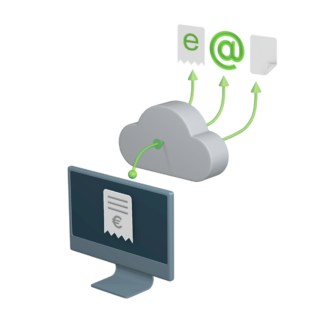
For the accounts receivable
E-invoicing in any channel and format, as preferred by your customers, complemented by PDF, Internet bank & paper invoicing.

For the accounts payable
E-invoice receiving from all channels and formats directly into your workflow system, complemented by PDF & paper receiving.


